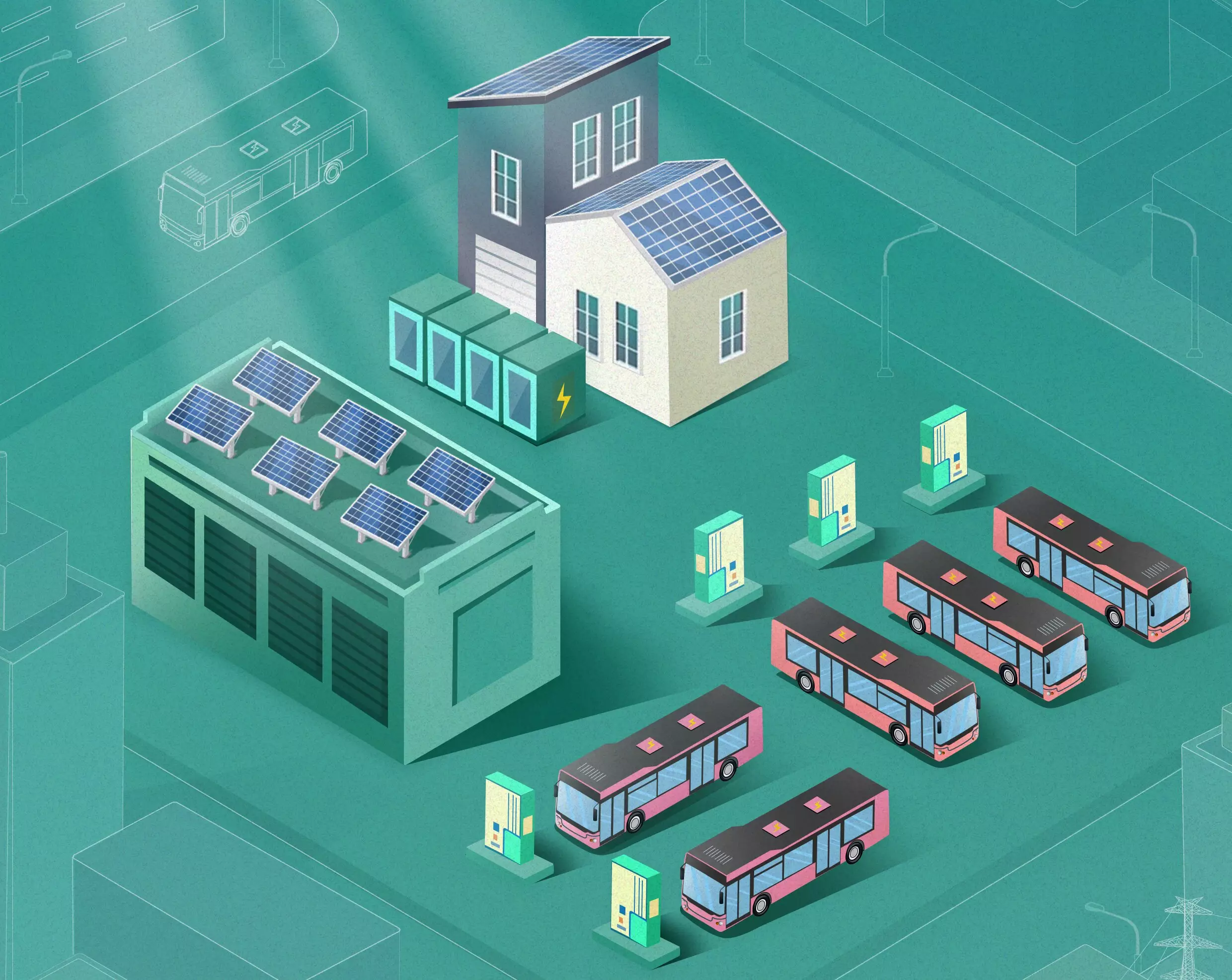As the global community grapples with the dire implications of climate change, electrification has emerged as a crucial strategy for reducing carbon emissions in the transportation sector. Governments and corporations around the world are investing heavily in electric vehicles (EVs), particularly within public transportation systems. Countries like China have taken significant strides, previously pioneering the integration of electric buses (EBs) into their urban landscapes. While the environmental benefits of electrifying public transport seem promising, a critical examination reveals potential challenges, especially concerning the strain on the existing electricity grids. Recent research from Beihang University sheds light on these ramifications and proposes an innovative solution: transforming public transport depots into renewable energy hubs.
The shift from conventional fuel-based buses to EBs is not without its complications. With the growing demand for electric car sales—reaching an impressive 14 million in 2023, according to the International Energy Agency—electricity grids face unprecedented pressures. Xiaolei Ma, a co-author of the insightful study published in Nature Energy, emphasizes the dual challenge of operational costs and the risk of grid overload. The infrastructure must evolve to meet the surging demands for charging while maintaining reliability and affordability. This raises important questions about how cities can implement EVs effectively without overwhelming their power systems.
A critical dimension of this transition is the necessity for renewable energy sources to accompany the electrification process. Prior studies have explored photovoltaics’ potential alongside electric vehicle charging stations, yet few have delved into the implications of this transition, particularly in urban environments adopting EBs. The innovative framework presented by Ma and his research team seeks to bridge this gap. By amalgamating data-driven and model-driven methodologies, their approach aims to offer extensive insights on the integration of solar photovoltaic (PV) systems and battery storage within urban public transport networks.
Focusing on Beijing, the research team conducted a comprehensive analysis of the city’s entire public transport network. By utilizing data that spanned GPS trajectories, vehicle specifications, and depot characteristics, they simulated the transition from fuel-based buses to EBs. The model also incorporated historical weather conditions and solar irradiance data, essential for determining the viability of solar energy usage. This multi-faceted analysis paved the way for estimating energy consumption patterns and developing optimized charging schedules for the future fleet of EBs.
The researchers projected outcomes over a 25-year horizon, starting from 2021 through 2050, to assess how converting public transport depots into renewable energy hubs could influence carbon emissions in Beijing. The findings were promising: the implementation of solar PV systems could potentially decrease the net charging load on the electricity grid by 23% during generation periods and lower peak load by 8.6%. When enhanced with battery storage, these figures improved significantly—28% and 37.4%, respectively.
Although integrating solar energy and battery storage appears beneficial in reducing carbon footprints, the study also highlights critical economic trade-offs. While unsubsidized solar PV installations provide substantial profits that exceed costs by 64%, the integration of battery storage decreases this profit margin to 31%. Such financial realities underscore the importance of exploring subsidies and policy measures to encourage further adoption of solar and energy storage technologies, particularly in high-energy-consumption areas like charging stations and transport depots.
The research conducted by Ma and his colleagues offers more than just findings; it serves as a catalyst for policy reform and future investigations. Results indicate that electrifying public transport while transforming depots into renewable energy hubs is not only feasible, but also a strategic method for reducing carbon emissions. As cities around the globe begin to consider similar initiatives, this research could guide both local and national policymakers in strategies to bolster electricity grid resilience while paving the way for sustainable transport solutions.
The journey toward electrified public transportation in urban centers like Beijing hinges on innovative solutions that fuse renewable energy generation and energy storage capabilities. As the world inches closer to a sustainable future, such transformative approaches will not only mitigate climate change impacts but also ensure that cities can meet their energy demands effectively. By investing in renewable energy hubs at public transport depots, communities may well pave the way for a cleaner, more efficient public transport paradigm—one that meets the dual objectives of sustainability and reliability.


Leave a Reply